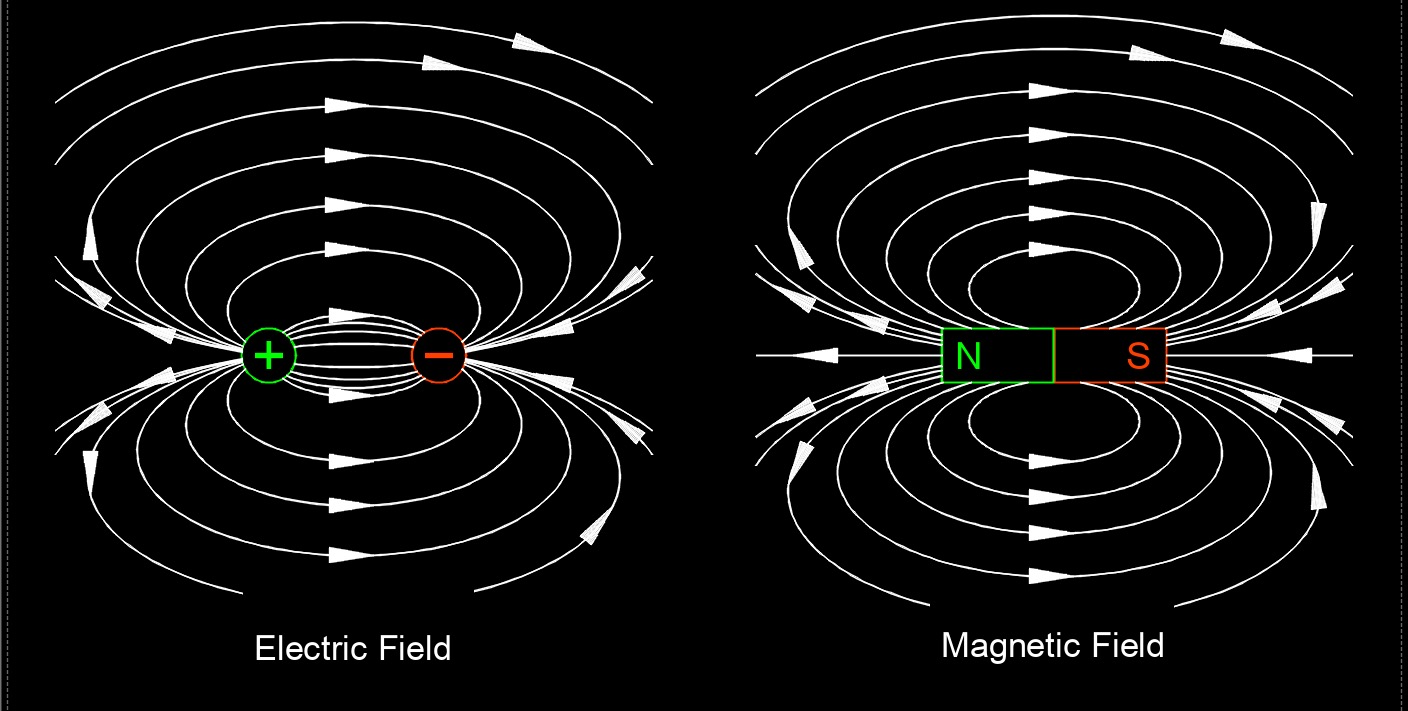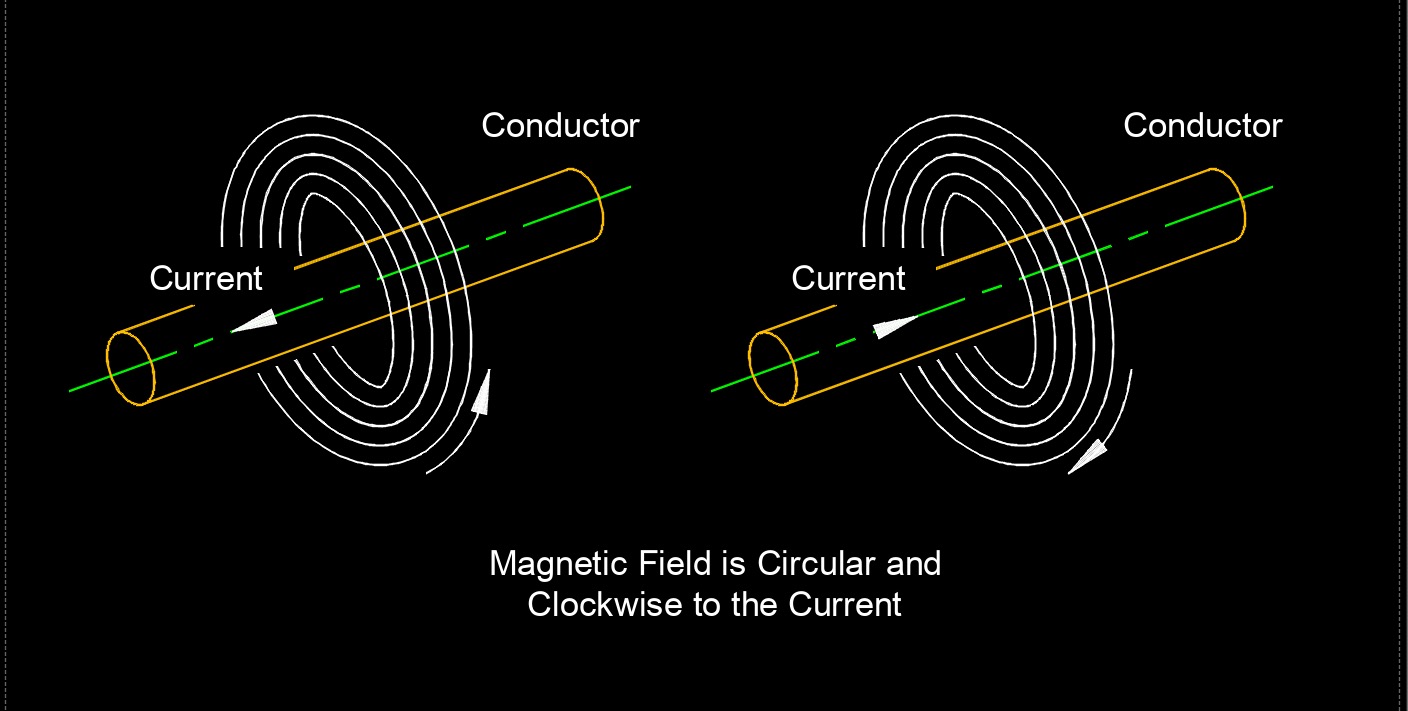Magnetic Field
Magnetic Field Formula |
||
|
\( B \;=\; \dfrac{ \mu \cdot I \cdot N }{ l } \) (Magnetic Field) \( \mu \;=\; \dfrac{ B \cdot l }{ I \cdot N } \) \( I \;=\; \dfrac{ B \cdot l }{ \mu \cdot N } \) \( N \;=\; \dfrac{ B \cdot l }{ \mu \cdot I } \) \( l \;=\; \dfrac{ \mu \cdot I \cdot N }{ B } \) |
||
| Symbol | English | Metric |
| \( B \) = Magnetic Field | \(G\) | \(T\) |
| \( \mu \) (Greek symbol mu) = Magnetic Permeability | - | \(H \;/\; m\) |
| \( I \) = Electric Current Intensity Flowing in the Cable | \(A\) | \(A\) |
| \( N \) = Number of Wire Turns | \(dimensionless\) | \(dimensionless\) |
| \( l \) = Solenoid Length | \(in\) | \(mm\) |
Magnetic field, abbreviated as B, exerts an invisible force that substances are sensative to magnetism. Magnetic fields never cross, never start or stop, where the field is strongest, lines bunch togeather and can be seen clearly seen in the real world. A magnetic field is a region in space where a magnetic force can be detected. It is produced by the movement of electric charges, such as electrons in atoms or current carrying wires. The magnetic field is a vector, having both magnitude and direction and can exert forces on other magnetic objects or moving charges.


Magnetic fields are associated with magnets and electric currents. When a magnetic material, such as iron or a magnetized object, is placed in a magnetic field, it experiences a magnetic force and can be attracted or repelled. This property is the basis for the interaction between magnets and other magnetic materials. Magnetic fields are typically represented by magnetic field lines or flux lines. These lines provide a visual representation of the direction and strength of the magnetic field. The density of the lines indicates the strength of the field, with closer lines indicating a stronger field.

